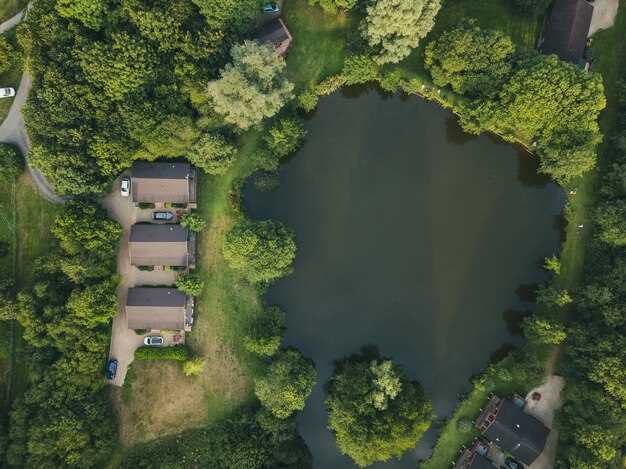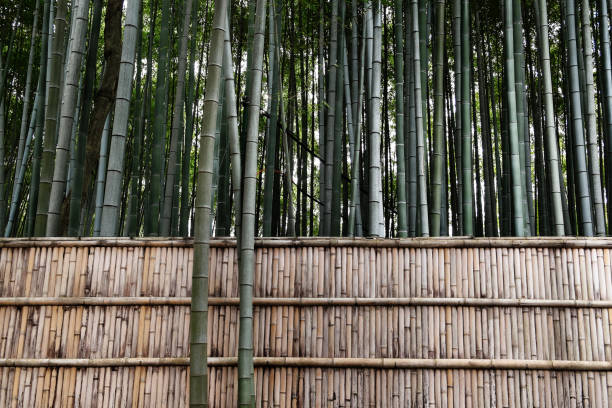Prioritize the integration of greywater systems in your remote retreat center to enhance sustainability and reduce water waste. Greywater, which originates from activities such as hand washing, bathing, and laundry, can be ingeniously repurposed for tasks like irrigation and toilet flushing. This practice significantly minimizes the demand on freshwater resources, a crucial aspect when managing facilities in isolated locations where water supply may be limited.
A key recommendation is to implement a simple collection system that distinguishes greywater from blackwater, which involves more complex treatment processes. By doing so, remote centers can optimize water usage without the added costs of extensive infrastructure. Systems like branched drain networks and mulch basins allow for efficient distribution and natural filtration, turning what would be waste into a valuable resource for the surrounding environment. Before installation, ensure compliance with local regulations and adapt designs to fit the unique geographical and environmental characteristics of your retreat.
Another consideration is the choice of cleaning products and personal care items used in the retreat, as these directly impact the quality of greywater generated. Opt for biodegradable and eco-friendly products to prevent harmful chemicals from entering the soil and plants. This not only safeguards the ecosystem but also maintains the health and wellness ethos that most retreat centers aim to uphold. Training staff and guests about the sustainable use of water systems fosters a community-minded approach, vital for the long-term success of such initiatives.
Designing a Greywater System for Eco Resorts
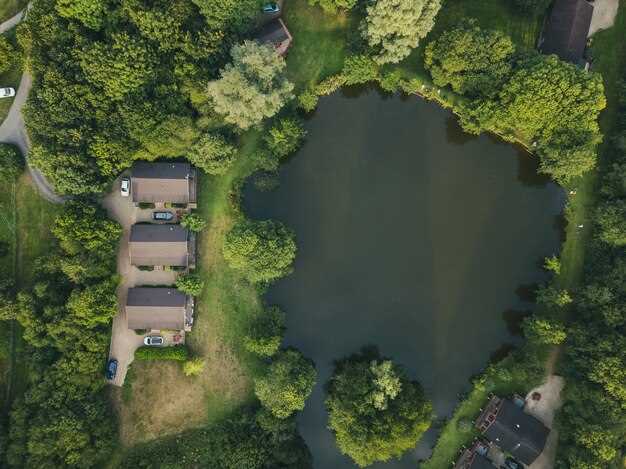
Prioritize tailoring greywater systems to the specific needs of your eco resort by first assessing the volume of greywater generated from various activities, such as guest showers, laundries, and kitchen uses. Determine whether your system will handle solely light greywater, or if it can accommodate more complex sources.
Focus on scalability by considering modular systems that can expand alongside your resort’s capacity. For guest bungalows or cabins, individual greywater treatment units can simplify implementation and allow for localized reuse.
Select plants for natural filtration that are native to your region to enhance greywater uptake and maintain ecological balance. Species like willows, reeds, and certain grasses thrive in wet conditions and can provide effective filtration while promoting biodiversity.
Ensure your design includes components for pre-treatment such as filters and sedimentation tanks to prevent clogging and increase overall longevity. Choose durable materials suitable for your climate to withstand environmental stresses and minimize maintenance.
Compliance with local regulations is crucial. Collaborating with experienced plumbers and architects who understand local requirements can streamline permits and ensure successful implementation. Regularly test water quality to adjust operations as necessary, maintaining the highest standards for health and safety.
Selecting Suitable Greywater Sources
Identify suitable greywater sources by focusing primarily on waste streams from sinks, showers, and washing machines. Dishwashers can be an option if biodegradable, low-sodium detergents are used. These sources provide greywater that is relatively free from solid waste and high concentrations of harmful substances.
Avoid greywater from kitchen sinks that have high levels of food particles and greases, as these can cause blockages in your system and attract pests. Instead, prioritize greywater collection from outlets where soaps and shampoos are predominantly used.
Remember to consider water usage patterns at your retreat center when choosing sources. Facilities with high occupancy might generate substantial greywater, which can be efficiently reused for landscaping or flushing toilets if appropriately filtered and treated.
Additionally, consider implementing an educational component for guests and staff to ensure proper use of soaps and detergents. This practice will help maintain the quality of greywater, ensuring its suitability and safety for reuse applications.
Choosing the Right Filtration Methods
Invest in a multi-stage filtration system to effectively purify greywater in remote retreat centers. A popular combination includes sediment filters, activated carbon filters, and biofiltration. The sediment filter will remove particles and debris from the water, ensuring that larger contaminants don’t damage subsequent filters.
Next, include activated carbon filters to tackle potential odors and chemical pollutants. These filters excel at removing chlorine, volatile organic compounds (VOCs), and unpleasant smells, significantly improving water quality. Activated carbon’s porous material captures and holds numerous impurities, which is ideal for greywater recycling.
Consider incorporating biofiltration systems, which utilize beneficial bacteria to break down organic contaminants. This technique not only purifies water but also reduces the biological oxygen demand (BOD), enhancing further treatment stages.
| Filtration Stage | Function |
|---|---|
| Sediment Filter | Removes large particles and debris |
| Activated Carbon Filter | Eliminates odors and chemical pollutants |
| Biofiltration | Breaks down organic matter and reduces BOD |
Finally, ensure the chosen system matches the center’s water usage and site-specific needs. Regular maintenance and monitoring guarantee long-term sustainability and water purity. This approach not only supports environmental stewardship but also enhances guest experience by providing high-quality recycled water.
Integrating with Existing Plumbing Infrastructure
Connect your greywater system at a point where wastewater is accessible, usually beneath kitchen or bathroom sinks. Install a diverter valve to allow easy switching between the greywater system and the standard sewage line, offering flexibility in water management. Use high-quality PVC pipes and fittings, ensuring they’re compatible with your current plumbing materials to prevent leaks and promote longevity.
If space allows, position the greywater collection and treatment unit close to the main water outlets. This reduces the piping length required and minimizes potential water loss or contamination. Check for local plumbing codes to ensure compliance with safety and health regulations, as these can vary significantly between regions.
Incorporate filters at strategic points to prevent large particles from entering the system and causing blockages. Regular maintenance, such as cleaning filters and checking for any pipe damage, is vital to keep the system operational. Consider consulting with a plumbing professional to validate the installation, ensuring a seamless integration that meets all necessary standards.
Consider using existing pump and gravity feed systems where possible to reduce costs and complexity. Dual-purpose pumps can optimize both greywater distribution and conventional plumbing needs, reducing the need for additional equipment. This integration not only improves water sustainability but also enhances the efficiency of the existing infrastructure without extensive modifications.
Compliance with Local Environmental Regulations
Research all local environmental regulations before installing a greywater system in your remote retreat center. Start by examining zoning laws and building codes to determine any restrictions or specific requirements for greywater reuse. Reach out to local authorities to clarify any ambiguities you encounter.
- Acquire Necessary Permits: Apply for the essential permits before proceeding with installation. Different regions mandate different permits, and staying compliant helps avoid future legal issues.
- Consult Expert Resources: Engage with local environmental agencies or consult a legal professional to ensure you understand all the regulatory details such as water quality standards and discharge limitations specific to your region.
- Design with Compliance in Mind: Plan your greywater system’s design ensuring it not only meets your needs but also adheres to legal specifications, such as proximity to water sources and type of allowable greywater usages.
- Regular System Audits: Schedule periodic inspections and engage a third-party auditor to review system compliance. This proactive approach can help identify and resolve potential regulatory breaches.
- Documentation: Maintain thorough records of your compliance steps, including permits, design plans, and communication with authorities. This transparency can prove beneficial if you face scrutiny or need to demonstrate your adherence to regulations.
Remaining informed and proactive about compliance can simplify future inspections and ensure your greywater system operates legally and sustainably.
Implementing and Maintaining a Greywater System
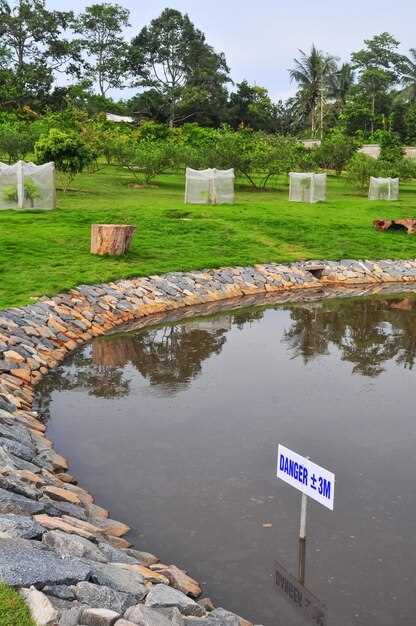
Identify the specific water usage areas you wish to connect to your greywater system. Common sources include sinks, showers, and laundry machines. Ensure these sources do not contain blackwater contaminants, such as kitchen sinks or toilets. Design a system that efficiently channels greywater to desired areas, like gardens or landscape irrigation systems, using gravity when possible to minimize energy consumption.
Select appropriate filtration and treatment methods based on the intended use of the greywater. For irrigation, basic filtration may suffice, while systems designed for reuse within the facility might require more advanced treatment to remove impurities and pathogens. Consider integrating surge tanks to manage variable flow rates, ensuring the system can handle peak usage periods without overflow.
Install plumbing and piping with durable, clearly marked materials to distinguish them from other water systems. Implement a straightforward layout to facilitate maintenance and prevent cross-contamination. Regularly check pipes and joints for leaks or blockages, and address any issues immediately to maintain system integrity.
Train staff or dedicated maintenance personnel to monitor the system routinely. Schedule periodic inspections to assess the performance of pumps, filters, and tanks. Replace or clean filters as prescribed by the manufacturer’s guidelines to ensure consistent water quality and flow. Encourage a culture of resource conservation among users to minimize graywater output and promote sustainability.
Record all maintenance activities and system upgrades in a dedicated logbook. This documentation will help in troubleshooting issues, optimizing performance, and planning future expansions or improvements. Share maintenance insights with relevant personnel to ensure knowledge continuity and system reliability.
Installation Process and Key Considerations
Begin with assessing the site’s topography to identify the most suitable location for your greywater system. Opt for a site that is slightly elevated compared to the rest of the property to allow gravity to facilitate water flow. Confirm that the soil type will adequately absorb and filter the greywater to prevent pooling or runoff.
- Obtain necessary permits from local authorities. This ensures compliance with regulations and avoids potential legal issues.
- Secure a reliable system design tailored to your center’s water usage patterns. Engage a professional who can provide a solution that meets both environmental standards and your retreat center’s needs.
- Prioritize quality piping and equipment. Durable materials reduce maintenance costs and prevent leaks, ensuring the system’s longevity.
- Include a surge tank in your design to account for fluctuations in water usage. This addition protects the system from overload during peak usage times.
While installing, position greywater lines away from potable water sources to prevent contamination. This separation protects against potential health risks and ensures compliance with sanitation standards.
- Install filters at entry points to capture debris and prevent clogging. Regular maintenance of these filters is necessary to maintain system efficiency.
- Test all components to verify proper installation before activating the system. Make any required adjustments during this phase to ensure seamless operation.
- Develop a maintenance schedule that includes regular inspections, cleaning, and repairs. This proactive approach prevents issues and extends the system’s lifespan.
Train your staff on the importance of proper usage and maintenance practices. Empowering your team with knowledge ensures that the system operates effectively, supporting your retreat center’s sustainability goals.
Routine Maintenance Tasks for Longevity
Regularly inspect filters for sediment build-up and clean them every three months to prevent blockages. Install mesh screens on sinks and showers to capture debris and reduce strain on the system. Adjust pump settings seasonally to accommodate fluctuations in greywater volume, ensuring efficient operation. Check for leaks in pipes and connections monthly, repairing any damage immediately to minimize water loss.
Control odors by using biological additives that promote beneficial bacteria growth, applied monthly according to manufacturer instructions. Test pH levels biannually, maintaining a neutral balance to minimize corrosion risks. Adjust greywater sources, such as laundry appliances, to use biodegradable detergents, reducing harmful chemical accumulation within the system.
Schedule an annual professional inspection to assess the system’s overall condition, addressing any wear or malfunctions promptly. Maintain an accurate log of all maintenance activities, observations, and adjustments. This documentation supports informed decision-making and enhances system reliability.
| Task | Frequency |
|---|---|
| Clean Filters | Every 3 Months |
| Inspect for Leaks | Monthly |
| Adjust Pump Settings | Seasonally |
| Control Odors | Monthly |
| Test pH Levels | Biannually |
| Professional Inspection | Annually |
Cost Management and Budgeting Strategies
Begin by conducting a thorough cost-benefit analysis for implementing greywater systems at your retreat center. Focus on upfront installation costs, such as equipment, professional consultations, and any potential modifications to existing infrastructure. It’s crucial to account for long-term savings in water and sewage expenses, which can reduce overall operational costs.
Explore incentives and rebates offered by local governments or organizations promoting sustainable practices. These financial aids can significantly decrease initial investments. Stay informed about grants available through environmental agencies, which may cover up to 50% of your costs.
Invest in a scalable system suitable for the size of your retreat center. Tailoring the greywater solution to your specific usage needs ensures you only spend on necessary elements, avoiding unnecessary expenditure on oversized equipment.
Maintain a detailed financial plan that includes regular maintenance costs, potential repairs, and parts replacement. Establish a contingency fund specifically for these expenses to ensure that unforeseen issues don’t disrupt budgets.
Involve your team in cost management strategies by providing training on efficient system usage and regular inspections. Encourage proactive maintenance practices to extend the lifespan of your investment without inflating future costs.
Leverage technology for monitoring and optimizing system performance. Smart sensors and control systems can provide data insights, helping adjust usage patterns and minimizing waste, leading to further cost reductions.
Staff Training and Operational Guidelines
Ensure staff receives thorough training focused on the unique requirements of operating and maintaining greywater systems. Begin with a detailed understanding of how the system works, including water flow and filtration processes. Establish a regular schedule for system checks, emphasizing the importance of monitoring filters and pipes for obstructions or leaks.
- Provide clear instructions for troubleshooting common issues such as clogs or unusual odors. Emphasize immediate action and reporting these problems to a designated maintenance lead.
- Highlight safety procedures when handling greywater, including the use of protective gear and correct disposal techniques. Remind staff to always wash hands after contacting greywater components to prevent contamination.
- Encourage periodic workshops to update staff on system upgrades or changes in operational protocols. Keeping everyone informed ensures consistent practice and reduces the risk of mishandling.
- Incorporate a buddy system for new staff members where experienced operators guide them until proficiency is demonstrated. This peer learning fosters a supportive work environment and enhances skill retention.
- Regularly review and update the guidelines to reflect the latest environmental regulations and technological advancements. Engage staff in this process to reinforce the importance of compliance and sustainability.
By following these guidelines and maintaining open communication, staff will effectively manage greywater systems, promoting sustainability and operational efficiency at your retreat center.
Q&A:
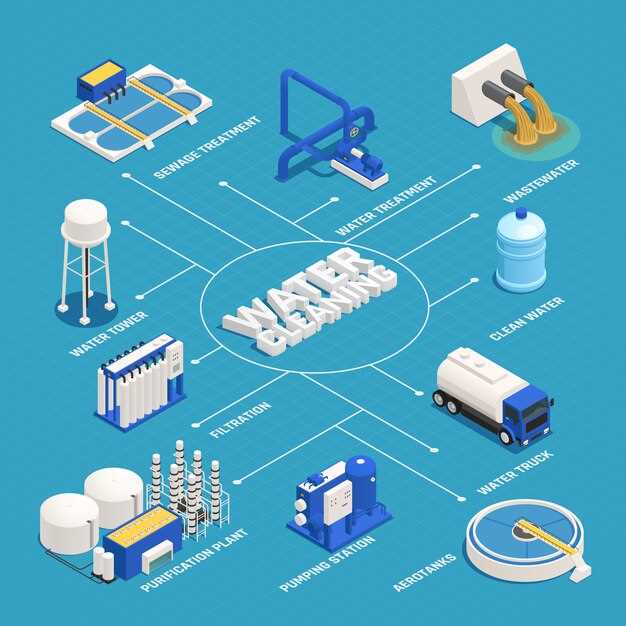
What is greywater and why should remote retreat centers consider using greywater systems?
Greywater refers to gently used water from sources like sinks, showers, and washing machines, which is distinct from blackwater that includes sewage. Remote retreat centers can use greywater systems to treat and reuse this water for irrigation or toilet flushing. This reduces fresh water demand and minimizes environmental impact, which is particularly important in isolated areas where sustainable practices help conserve limited resources and reduce costs.
Are greywater systems difficult to install in a remote retreat center?
Installation of greywater systems can vary in complexity based on the existing infrastructure of the retreat center. Basic systems can be set up with minimal changes and costs, allowing for simple diversions of drain water to irrigation systems. More advanced setups might involve specialized tanks and filtration systems. It’s important to consult professionals who understand local regulations and specific site conditions to ensure a proper and efficient setup.
What are the primary benefits of implementing a greywater system at a remote retreat center?
Key benefits include reduced water consumption due to recycled usage, lowered utility costs over time, and a smaller environmental footprint. By treating and reusing greywater, centers can lessen their reliance on potable water sources and contribute to sustainable water management practices. This aligns with eco-friendly principles that many remote retreats strive to uphold.
Are there any specific regulations or guidelines that need to be followed when installing a greywater system?
Certainly, greywater systems are subject to regulations that differ by region and country. These guidelines typically address water quality standards, permissible uses of treated greywater, and safety measures to prevent contamination. It’s essential to research local laws or consult with experts to ensure compliance and safe operation of the system.
Can plants and landscaping around the retreat be affected by greywater?
Yes, plants can be affected by greywater, as it may contain soap residues or chemicals that aren’t suitable for all plants. Choosing the right detergents and using systems with adequate filtration can minimize negative effects. Many greywater-specific guidelines suggest using low-sodium, biodegradable cleaning products to prevent soil degradation and protect plant health. With proper management, greywater can be a beneficial source of irrigation for landscape and plant growth.
